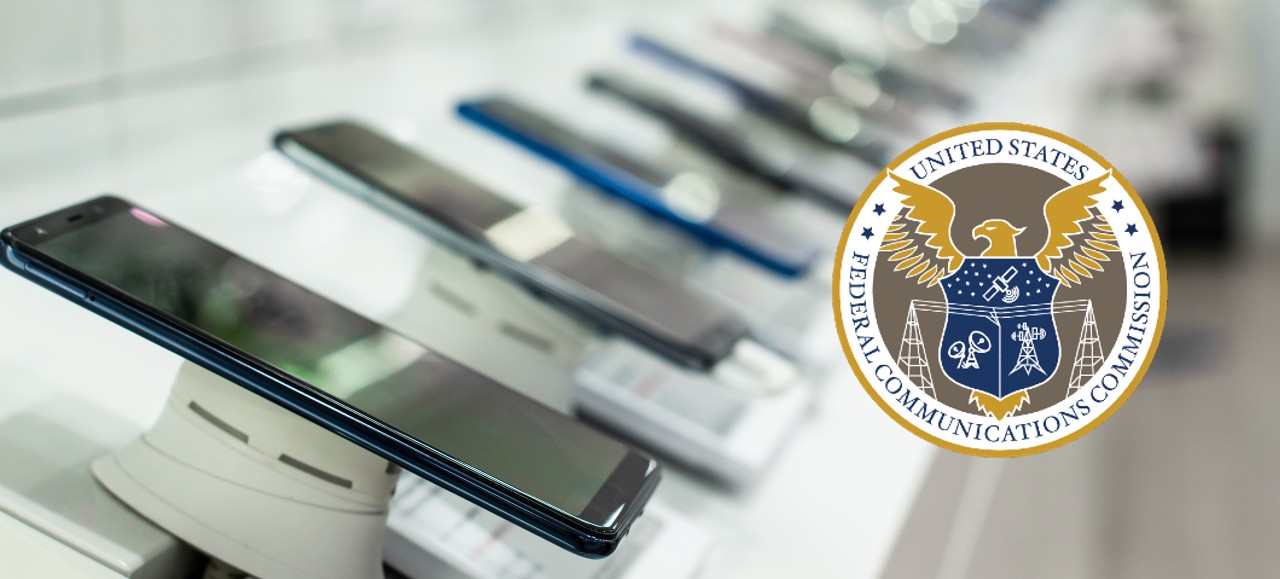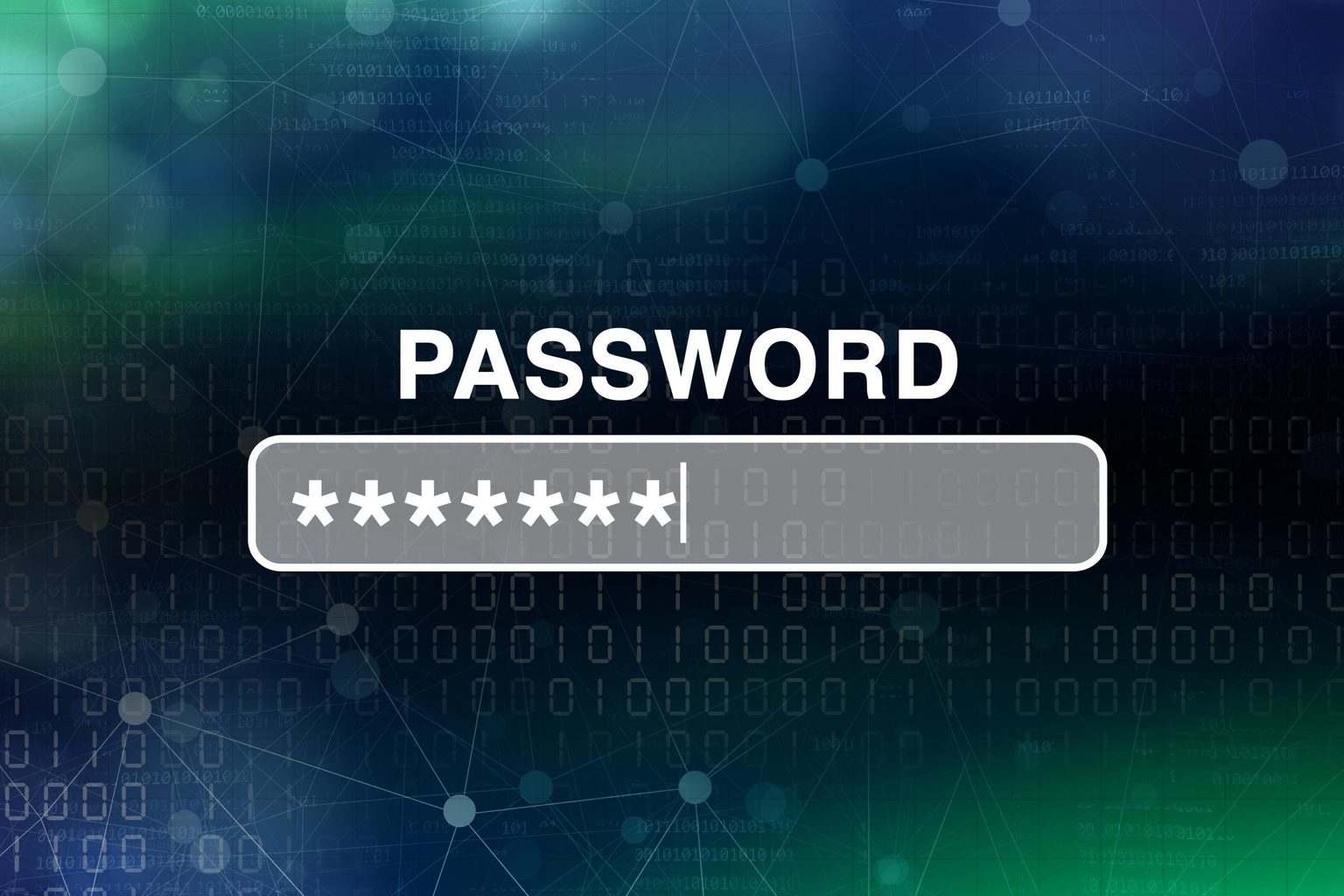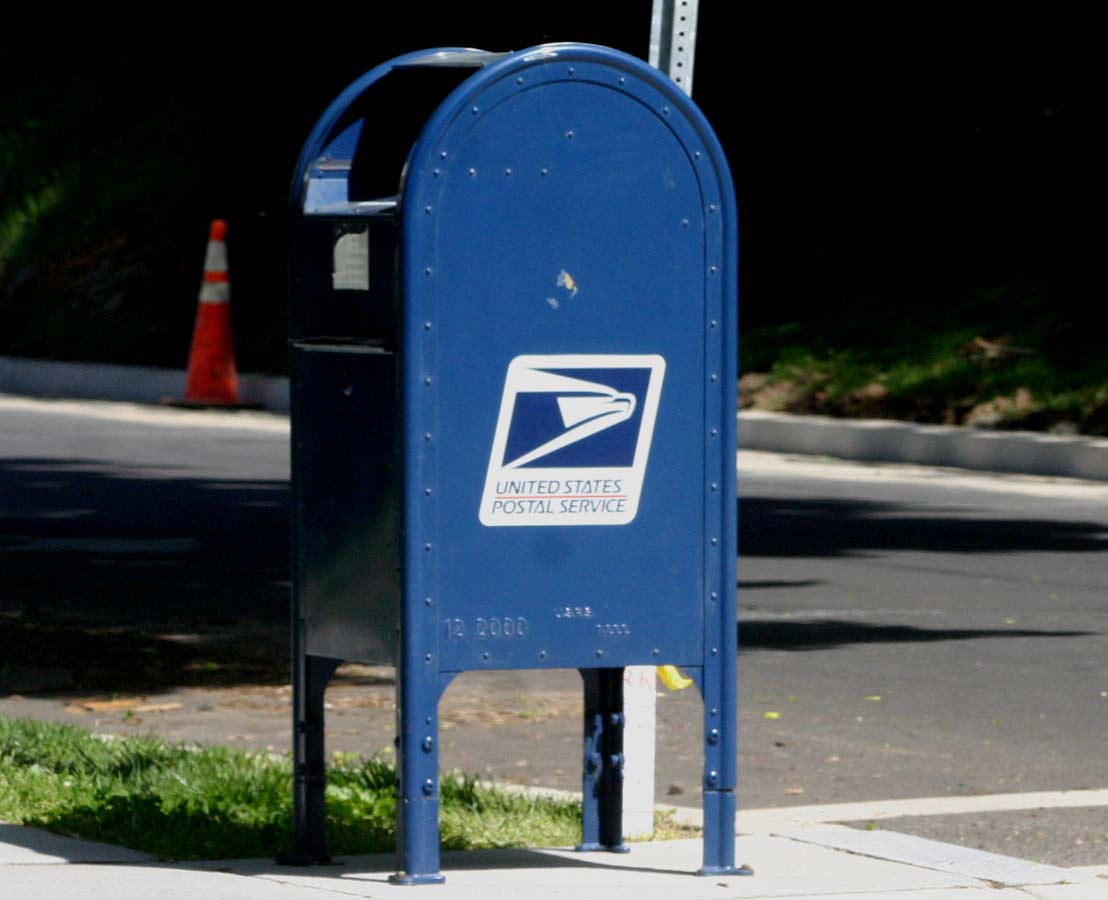In December 2022, President Biden signed the Safe Connections Act into law. The Safe Connections Act required mobile service providers to separate a survivor’s phone line from a shared family plan in cases of abuse. Previously, even survivors of domestic violence required the account owner (often the abuser) permission to release the line and allow the survivor to keep their phone and number under their own plan. Of course, the abuser rarely gives this permission as another form of control.
Under this law, cell phone providers have two days to separate the line after the request is made. This allows the survivor to maintain contact with their support system without losing any of their contacts or history.
The Federal Communications Commission (FCC) is currently considering rules that will meet the requirements of the law. Among the plans include a way to ensure calls to domestic violence hotlines don’t appear on call and text message logs, which will help make sure the abuser can’t see when the survivor reaches out for assistance. The FCC is also planning to launch a “lifeline” program to provide emergency communications for up to six months for survivors who can’t yet afford to pay for services.
When the FCC considers new rules and processes, they often have a public comment period to allow people to share their experiences and how the rules might affect them. Even more important, they listen. They have invited survivors and advocates to share their concerns and experiences to help them understand ways they can help survivors stay connected.
You too can make your voice heard. Comments are open until March 10, 2023; you can add yours by visiting the FCC Website and using “22-238” as the proceeding number. Using this number will automatically populate the subject with “Supporting Survivors of Domestic and Sexual Violence.”
FCC Chairwoman Jessica Rosenworce said in a statement “What I learned is that domestic abuse often happens in silence,” and she vows that the FCC will help break through that silence.









